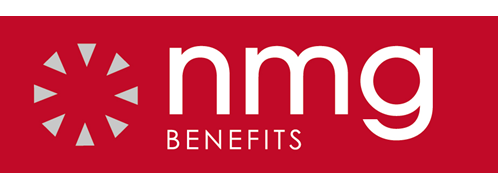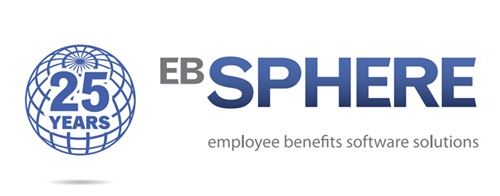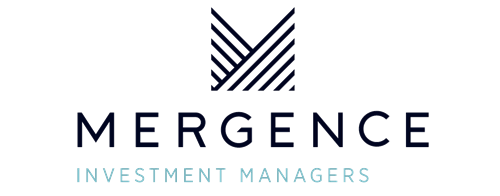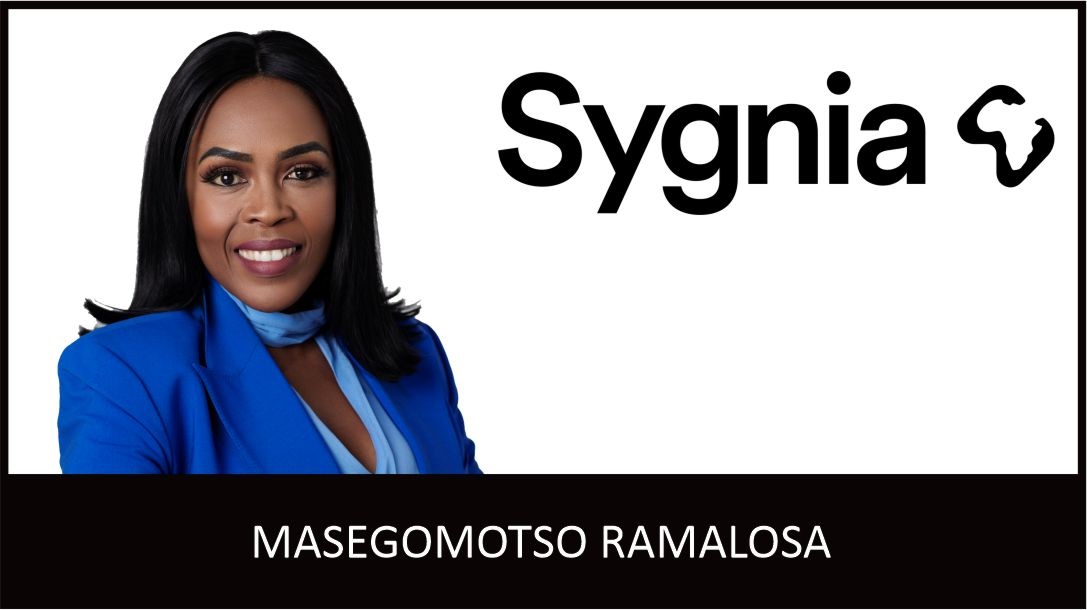Martin Rimmer, CEO of Sirago Underwriting Managers
South Africans are facing another tough year of rising medical scheme costs in 2026. Weighted average premium increases range between 6% and 9%, depending on the benefit option – despite the Council for Medical Schemes (CMS) recommending that increases be limited to CPI (3.3%) plus reasonable utilisation.¹
Across the country’s leading open medical schemes, the announced increases are: Discovery (7.2%), Bonitas (8.8%), Medihelp (8.46%), and Bestmed (6.8%).¹ While these increases are marginally lower than 2025, the combined effect of electricity hikes, fuel inflation, and rising food costs means that household budgets are stretched to breaking point.
“For many households, the cost of medical scheme membership consumes a significant portion of monthly disposable income – yet it remains a non-negotiable given the state of the public healthcare system,” says Martin Rimmer, CEO of Sirago Underwriting Managers. “Even for those with employer subsidies, affordability has become a growing challenge as both employees and employers face tightening economic conditions.”
Paying more for less: The reality of medical inflation
Medical scheme contributions rise each year, driven by higher claims costs, increased utilisation, and an ageing membership base. As a result, members are paying more but receiving less cover, facing escalating co-payments, penalties, sub-limits, and out-of-pocket expenses.
“Medical schemes simply cannot keep pace with the rate of medical inflation while keeping premiums affordable,” Rimmer explains. “The result is continual benefit erosion and an increase in member exposure to self-funding.”
Gap cover claims reveal the true cost pressure
Sirago’s five-year analysis of gap insurance claims (2021–2025) reveals a sharp rise in claim values – a clear indicator of both benefit erosion and the buy-down trend toward more affordable, “core” hospital plans.
Gap cover protects members from the shortfall between what specialists charge and what medical schemes pay for in-hospital procedures. Specialists often bill 300% to 500% above the agreed medical scheme tariffs, leaving members liable for the difference – often tens of thousands of rands.
“A few years ago, the average mega gap claim was between R6,000 and R12,000,” says Rimmer. “Today, we’re seeing daily mega claims exceeding R50,000 – a symptom of affordability pressures and widening gaps between medical scheme tariffs and provider fees.”
The rise in high-value claims underscores the need for members to review their cover carefully and understand the implications of buying down to lower-cost options. While these options reduce monthly premiums, they also come with limited benefits, stricter rules, and more penalties for non-compliance – significantly increasing the risk of out-of-pocket costs if no gap cover policy is in place.
Planning your healthcare funding strategy for 2026
In 2026, with premium increases outpacing inflation, healthcare funding requires strategic planning, informed choices, and professional guidance. Balancing affordability with adequate cover is more critical than ever to safeguard your health, your family, and your financial wellbeing. This balance is best achieved with the advice and direction from a professional, accredited and independent financial advisor
Medical scheme members have until the end of November 2025 to make benefit option changes to be effective 1 January 2026. Sirago advises members to work closely with their financial advisor to assess their personal needs, compare relevant options, and craft a sustainable healthcare funding solution.
Here are key considerations when reviewing your cover for 2026:
1. Maintain Your Medical Scheme Membership: Don’t delay joining a medical scheme or rely on enrolling later in life. Late joiner penalties and waiting periods apply – including a three-month general and 12-month condition-specific waiting period if you’ve had a break in cover.
2. Analyse Your Day-to-Day Spending: Review how much you’ve spent out-of-pocket versus what your medical scheme covered. Overspending or underutilising benefits may mean you’re on the wrong option.
3. Consider Chronic Conditions: If you or a dependant have a chronic illness, ensure that it’s registered with the scheme and covered under the Prescribed Minimum Benefits (PMBs) list as well as the prescribed medication is part of the schemes medicine formulary. Evaluate whether savings from a cheaper option justify the potential loss of chronic benefit access.
4. Know How Much You Can Self-Fund: Lower premiums mean fewer benefits. Be realistic about what you can afford to self-fund and consider setting up a dedicated medical savings card/account for routine care and medication.
5. Get Gap Cover: Gap cover bridges shortfalls for in-hospital procedures – a critical safety net as specialists often charges far above medical aid rates. Without it, members risk facing shortfalls of R50,000 to R200,000 or more.
6. Understand Core Plans: Hospital or “core” plans only cover in-hospital events. Members must self-fund all GP visits, medication, dentistry, and optometry. Consider pairing such a plan with a complementary health insurance product that provides primary care benefits.
7. Stay Within the Same Scheme if Possible: If you’re changing options, try stay within your current scheme to avoid waiting periods. Most allow a “buy-down” any time during the year, but “buy-ups” are generally only permitted at the start of a benefit year.
8. Beware of Waiting Periods: Waiting periods and late-joiner penalties can apply even when switching between schemes. Professional guidance is essential to avoid being caught off guard.
“Healthcare in South Africa is complex, and the consequences of poor planning can be financially devastating. Always work with an accredited, experienced healthcare advisor who can explain your benefits, exclusions, and options – and help you put the right mix of medical scheme and gap cover in place to protect your health and your finances,” concludes Rimmer
ENDS

























































































